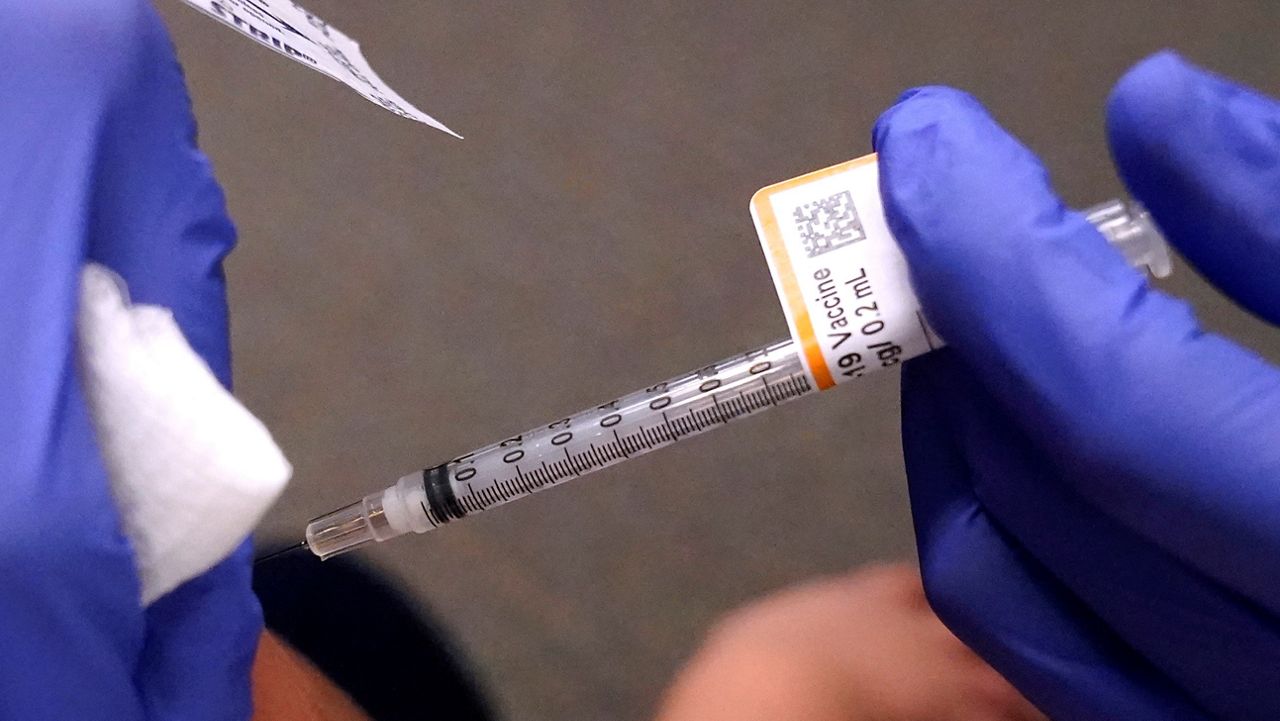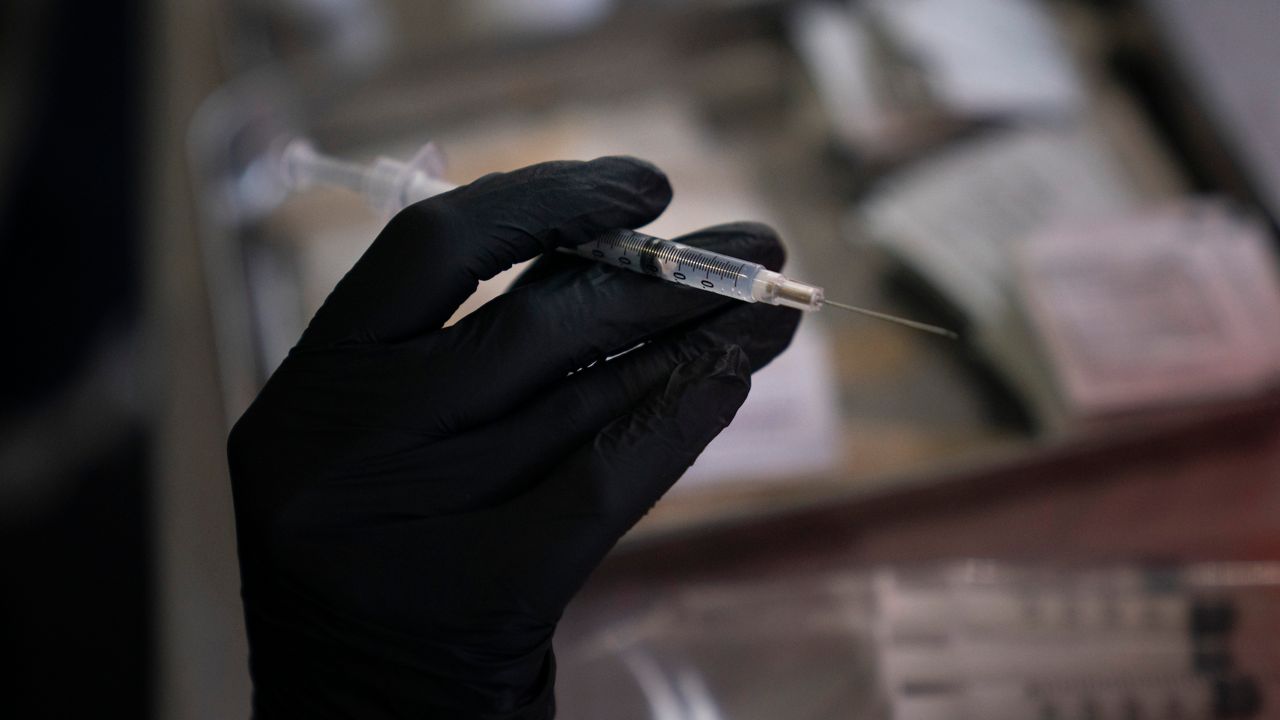CHARLOTTE, N.C. — The Centers for Disease Control and Prevention took a deeper look at contact tracing in two North Carolina counties over the summer.
This week, the CDC released the Morbidity and Mortality Weekly Report, which analyzed data from Randolph and Mecklenburg counties in June and July. Back then COVID-19 numbers were higher.
According to the report, in Randolph County, 35 percent of patients with COVID-19 reported no contacts.
“I think until folks are not reluctant to share contacts (because they don’t feel comfortable sharing someone’s personal information), getting complete account of a positive cases contacts will continue to remain a challenge. Randolph County intends to continue to do our best to get as many contacts as possible,” Randolph County Public Health Director Susan Hayes stated in an email.
In Mecklenburg County, 48 percent of COVID-19 patients didn’t report contacts.
According to the study, this proportion is high compared to other infectious diseases before the COVID-19 pandemic.
Mecklenburg County Deputy Health Director Raynard Washington said people either didn’t have close contacts or didn’t share the information with the contact tracers.
"I think generally the underlying challenge we have with people not sharing is people not knowing where that information goes thereafter, which is why we work really hard to ensure the public with confidence that their information is protected and secure,” Washington said.
The report states there may be other reasons behind people not sharing information on close contacts, including not wanting their family and friends to miss work.
Mecklenburg County Public Health’s Contact Tracing Lead Autumn Watson said she has heard similar concerns from close contacts themselves.
She usually calls them to notify them they may have been exposed to COVID-19 and provides recommendations about self-quarantine, monitoring symptoms, and testing.
“We also run into trouble with people who sometimes are a little hesitant of losing their jobs. They’re fearful of notifying their employer, and their employer saying ‘you can’t work here anymore,’ ” Watson said.
The average time close contacts were notified of potential exposure was six days after the COVID-19 patient took a test.
According to this study, the results are comparable to data from Maryland and New Jersey.
“The relatively low participation and cooperation with contact tracing suggests a lack of community support and engagement with contact tracing. This, coupled with delays in testing results are contributing to ongoing transmission,” the report states.
According to Washington, currently contact tracing takes fewer days because the turnaround time for testing results is shorter compared to June. This means, they can notify a close contact soon after they receive a positive test.
The report also states the North Carolina Department of Health and Human Services has made some strides to improve contact tracing, including hiring additional staff members to support local health departments.
If you receive a call from a contact tracer in Mecklenburg County, the number will show up as a local number. If you don’t answer, the contact tracer will leave you a voicemail.
When contact tracers speak to close contacts, they don’t disclose the name of the COVID-19 patient who exposed them to the virus. In addition, information requested, such as date of birth and address, is voluntary.









